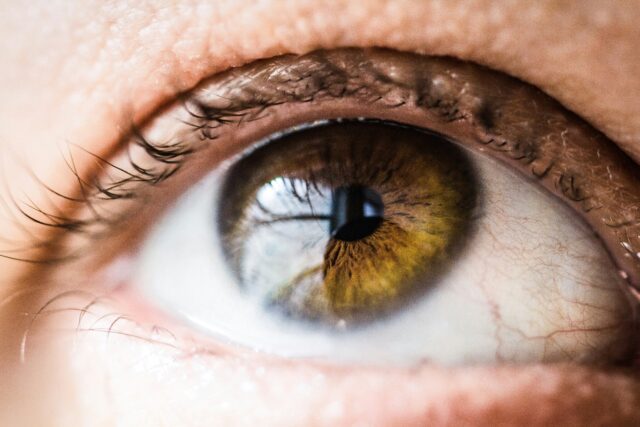
Dry eye disease (DED) is one of the most prevalent eye conditions, affecting millions globally and significantly impacting quality of life. Traditionally, diagnosis relied on patient-reported symptoms and basic observational tests. However, recent advancements offer optometrists a more comprehensive toolkit for diagnosing and managing DED. This article explores the latest technology and protocols to empower you to deliver exceptional patient care.
New diagnostic tools for a deeper look
A crucial shift in DED diagnosis involves recognizing its multifactorial nature. While tear film instability remains a key factor, inflammation and meibomian gland dysfunction (MGD) also play significant roles. This necessitates a holistic approach beyond tear quantity assessment.
Tear osmolarity testing
Instruments today can objectively measure tear film hyperosmolarity, a hallmark of DED. These non-invasive tests provide valuable insights into tear quality and disease severity. A study published in Investigative Ophthalmology & Visual Science found tear osmolarity testing to be the single best test to assess disease severity, used in conjunction with clinical assessment.
Meibography
Infrared meibography (IRM) offers a detailed view of meibomian gland structure and function, aiding in meibomian gland dysfunction (MGD) diagnosis, a common underlying cause of dry eye. Newer devices use advanced interferometry to assess meibomian gland dropout and quality of meibum secretion.
In-Vivo Confocal Microscopy (IVCM)
This non-invasive imaging technique provides high-resolution images of the corneal epithelium at the cellular level, helping identify damage and inflammatory processes associated with DED.
Tear interferometry
Instruments can utilize interferometry to assess the lipid layer thickness of the tear film, providing a direct correlation to its evaporative stability. Additionally, non-invasive tear breakup time (NIBUT) measurements have gained traction as a reliable indicator of tear film integrity.
These technologies, when combined with traditional assessment methods, enable a more comprehensive and accurate diagnosis of DED. The true strength lies in integrating these tools. For instance, using tear osmolarity alongside IRM allows for a more comprehensive evaluation of DED with evaporative and inflammatory components.
Optimizing treatment strategies
The new diagnostic landscape allows for targeted treatment approaches. Here are some key considerations:
Tear film supplementation
Artificial tears remain a mainstay of DED treatment. New formulations with advanced lubricants and emollients may offer improved relief. In some cases, biologics such as autologous serum eye drops can be beneficial. This personalized approach has shown promising results in treating severe and refractory cases of DED. Punctal plugs can also be helpful for tear retention.
Anti-inflammatory therapy
For DED with an inflammatory component, topical cyclosporine A (Restasis) and lifitegrast (Xiidra) have established effectiveness. Recent research by the American Academy of Ophthalmology suggests exploring low-dose corticosteroids like loteprednol for short-term management.
Addressing MGD
Warm compresses, lid scrubs, and nutraceuticals rich in omega-3 fatty acids form the cornerstone of MGD treatment. Newer options like intraductal thermometry may be considered in severe cases.
Intense Pulsed Light (IPL) therapy
The use of intense pulsed light (IPL) therapy has been validated in several recent studies as an effective treatment for MGD. IPL therapy works by releasing light pulses that heat the eyelids, melting and releasing oils from the meibomian glands and thereby improving tear quality and reducing symptoms.
Nutritional considerations
Recent guidelines emphasize the importance of dietary modifications, including increased intake of omega-3 fatty acids, and environmental adjustments to reduce exposure to dry or drafty conditions. Consider incorporating tear osmolarity readings or IRM images into patient discussions to enhance understanding of their condition and the rationale behind treatment choices. Ensuring that patients are informed is crucial for adherence and ultimately, successful management.
SOURCES: International journal of environmental research and public health, Investigative ophthalmology & visual science, Optometrists.org, Scientific Reports, Optometry Times, American Academy of Ophthalmology




